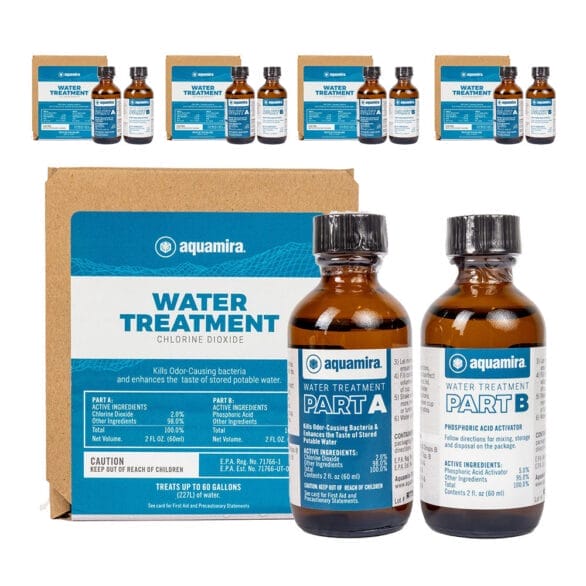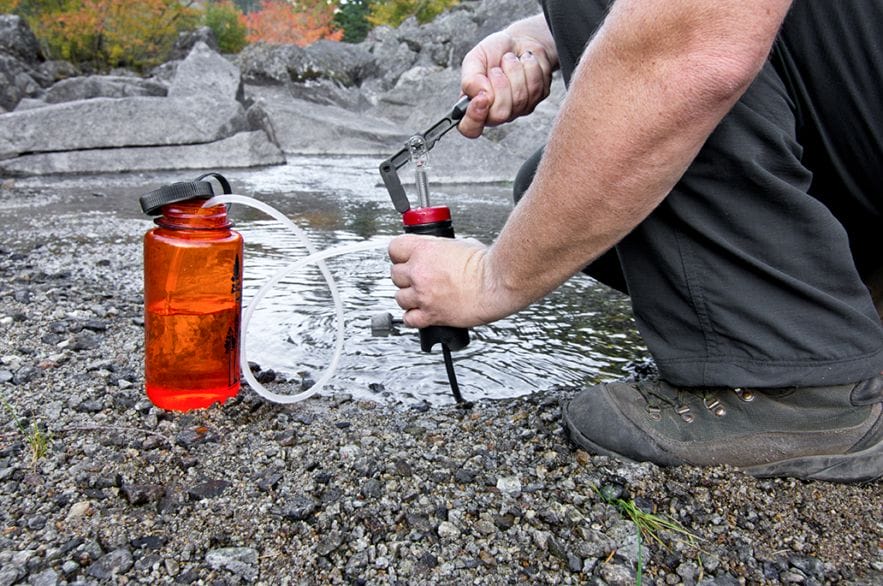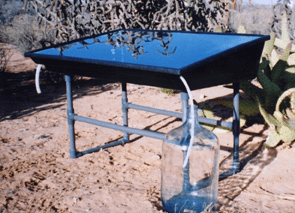3 Methods for Drinkable Water
1. Water Treatment
Water treatment refers to the process of making water safe to drink by killing or removing harmful pathogens and bacteria. This can be done using chemical disinfectants such as chlorine, bleach, or water purification tablets. It can also be done and is most commonly achieved by boiling water. Boiling water is one of the most effective methods to treat and disinfect it. You can kill most pathogens, bacteria, viruses, and parasites by bringing water to a rolling boil for at least 1 minute (or 3 minutes at higher altitudes). Boiling doesn’t remove chemical contaminants or particles, so it’s best combined with filtration if the water is visibly dirty. Treatment is essential if you suspect that the water is contaminated, as it neutralizes microorganisms that can cause illness. After disasters of any kind, water is typically compromised from the plant not operating, the pipes back flooding with contaminated water, or sewage and pollutants getting into the supply.

2. Water Filtration
Water filtration involves passing water through a physical barrier (filter) that removes impurities, particles, and some bacteria. Portable water filters, such as those using activated carbon or ceramic, can remove sediments, dirt, and some microorganisms. Filtration is crucial for making water visually clear and removing larger contaminants, though it may not eliminate all pathogens, so it’s often used in combination with treatment.

3. Water Purification
Water purification is a comprehensive process that combines both filtration and treatment. It removes contaminants and particulates and ensures that any remaining pathogens are neutralized. This can be achieved through methods like UV purifiers, which use ultraviolet light to kill microorganisms or more advanced filtration systems like reverse osmosis or solar distillation. Purification provides the highest level of water safety, making it potable even if the source is highly questionable.

